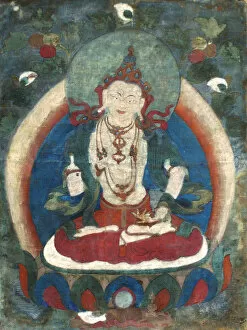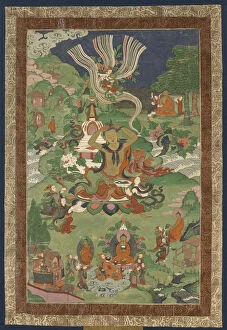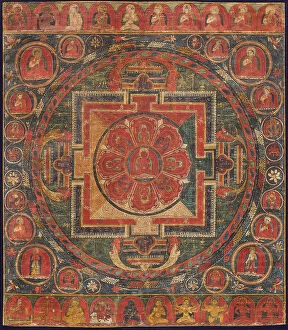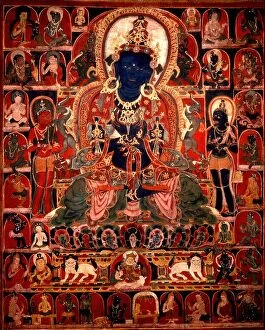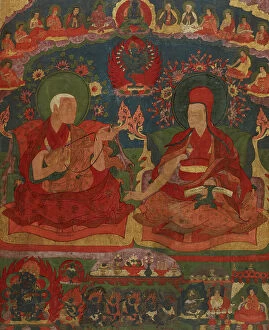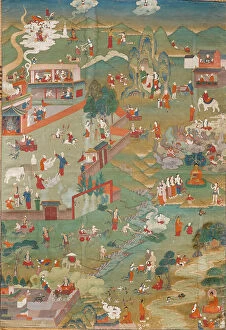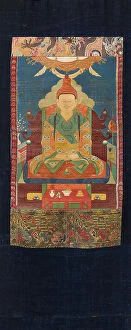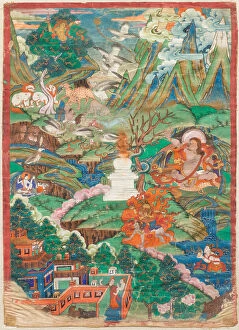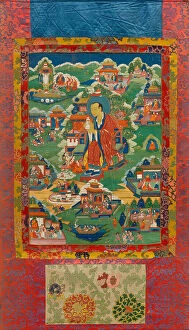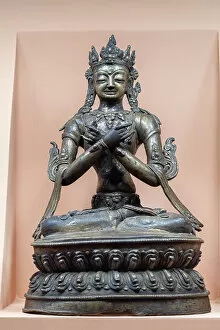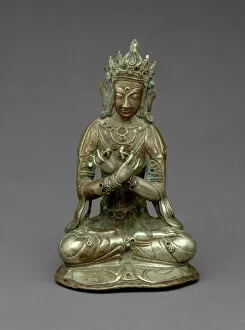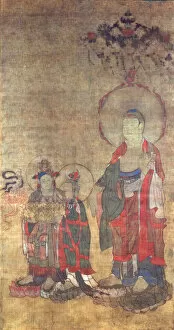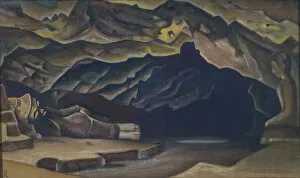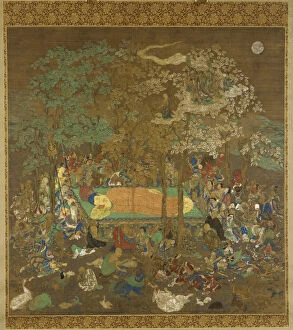Vajradhara Collection
Vajradhara, the primordial Buddha in Tibetan Buddhism, is often depicted as a blue figure holding a vajra (thunderbolt) and bell
For sale as Licensed Images
Choose your image, Select your licence and Download the media
Vajradhara, the primordial Buddha in Tibetan Buddhism, is often depicted as a blue figure holding a vajra (thunderbolt) and bell. As the embodiment of ultimate reality and enlightenment, Vajradhara represents the union of wisdom and compassion. Through his teachings and practices, practitioners can attain spiritual awakening and liberation from suffering. The vajra symbolizes indestructible power and clarity of mind, while the bell signifies wisdom and emptiness. By meditating on Vajradhara's form, mantra, or visualizations, one can connect with his divine energy and receive blessings for inner transformation. In essence, Vajradhara serves as a guide on the path to enlightenment, leading devotees towards self-realization and transcendence of worldly illusions. Embracing his teachings with devotion and dedication can bring about profound spiritual growth and realization of one's true nature as a luminous being beyond limitations. May Vajradhara's radiant presence inspire us to cultivate compassion, wisdom, and inner peace on our journey towards awakening.

